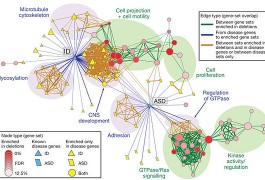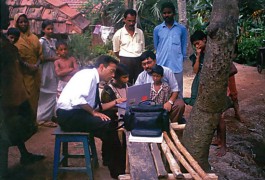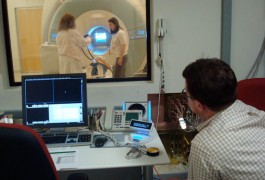Autism marked by copy number changes in coding regions
People with autism harbor more copy number variants (CNVs) — deletions or duplications of large chunks of DNA — compared with controls, but only in the protein-coding regions of the genome, researchers reported Wednesday in Nature. The study also pinpointed more than 100 new risk genes for autism.
















